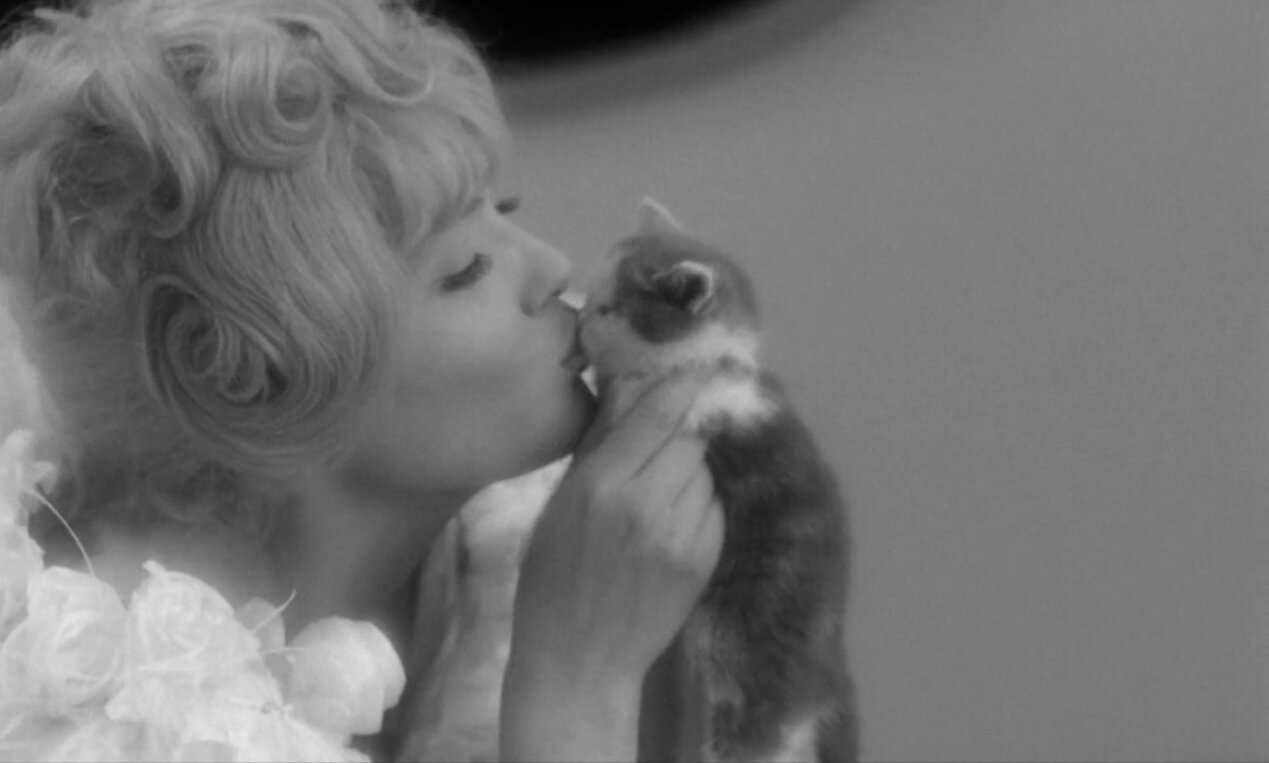At the Ready
By Andrea Thompson
It’s been an interesting set of weeks collaborating with Milwaukee Film for Hispanic Heritage Month...no less because of the two films I chose to write about in honor of it.
Case in point: in my previous 52 Films By Women column I discussed “Luchadoras,” a documentary that followed female Mexican wrestlers who were fighting for a better life in and out of the ring in Ciudad Juárez. But this week is all about (well, mostly) Maisie Crow’s “At the Ready,” which sees many of its subjects grappling with similar forces in El Paso, Texas.
When I wrote about “Luchadoras,” I mentioned that Juárez and El Paso were separated by a mere fence, but the latter enjoyed safety and prosperity, while the former has come to be known as Murder City. And judging by El Paso’s depiction in “At the Ready,” it truly does seem like a world away.
If anyone in “At the Ready” is in the line of fire, it’s because they’re choosing to be, since the film’s subjects are high school seniors who are training to be police officers and Border Patrol agents. Most of them are Hispanic, and the profession they’re already actively planning to join has them training for active shooter situations, drug busts, and raids in their high school itself. So prepare to be disturbed, since the doc kicks off with kids suiting up in paramilitary garb and going through drills.
As intense as it often is to see teenagers holding fake guns and intending to use the real thing, it’s often just as disturbing to see other people’s reactions as they go through their exercises. Other kids smile and laugh, but to others it’s clearly been normalized, which includes many of the teachers, one of whom is so unfazed they merely mumble a greeting and continue on with their day.
At first glance, their lives seem to have little in common with those in “Luchadoras.” They can leave the house and go where they wish with relative freedom, since being watched and followed by cartels - or possibly getting shot in general - certainly doesn’t figure into their daily lives. And while none of them could be remotely called wealthy, their families have been able to build a measure of success and a general safety net that ensures a measure of stability.
It may be the bare minimum, but I can’t help but make the comparison. The longer “At the Ready” goes on however, the clearer it becomes that many are indeed being harmed by the increasingly vicious immigration system. It’s simply less apparent, and reflective of the insidious ways even the seemingly privileged are often used to maintain the status quo and invest in a way of life that harms us all.
Crow may keep herself out of the story she’s telling, but it’s clear enough where she stands - where any sane person would. But she mostly takes the classic route of allowing her subjects speak for themselves as she waits for them to open up and be vulnerable while attempting to portray them as truthfully as she can. The main focus are three young trainees: Cesar, Cristina, and Kassy, who quickly emerges as the most compelling, and has since come out as trans and changed their name to Mason.
Before that though, he will break your heart as he comes across as both spectacularly competent in his work and clearly unsuited to it. As Mason slowly opens up, it’s also quite clear that he’s a part of this group out of a desperate need for a sense of family, even if he must hide who he is. He’s not out to many of these so-called friends, and his father is absent much of the time. Work is a convenient explanation, but when Mason’s father does have free time, he chooses to spend it with his girlfriend and her children, leaving Mason to his own devices and to essentially raise himself.
The motives of Cristina and Cesar are less emotional, but no less complicated. They both clearly want to make good on the sacrifices their parents made for a better life, even if Cesar’s father is unable to return to the U.S. after he was arrested for drugs, and Cristina’s own father is an immigrant.
Crow more or less spells out why they or anyone else would get involved in this type of work in the first place though. As jobs get scarcer, one that is willing to hire young and pay $50,000 the first year, $100,000 after five, no college degree required, is bound to attract a fair amount of people, ethics be damned, especially in families where money is a constant consideration.
Politics also can’t help but play a role, as Trump’s outright racism and the increasingly cruel border policies quickly make Cristina, Cesar and Mason doubt whether they even want to remain involved in law enforcement. Even one of the instructors eventually acknowledges how hypocritical he feels in training these children to join his former profession, revealing that he suffers from PTSD and his belief that his job played a large role in his divorce.
But it’s funny the way things do and don’t work out. After the central trio graduates, it is Mason, who once felt bereft of so much, who seems the most well-adjusted and accepting of who he is. An amount of uncertainty is generally a given during young adulthood, but Cesar and Cristina seem a bit more lost than most. They spent much of their last year of high school preparing for a career they now feel incapable of doing well or at all, and they’re clearly still floundering in the wake of their disillusionment. Where they’ll end up is anyone's guess, and it’s something of a relief that Crow withheld judgements about them as she exquisitely allowed their lives to reveal just what might be in store for us all if our immigration policies continue unchanged.












